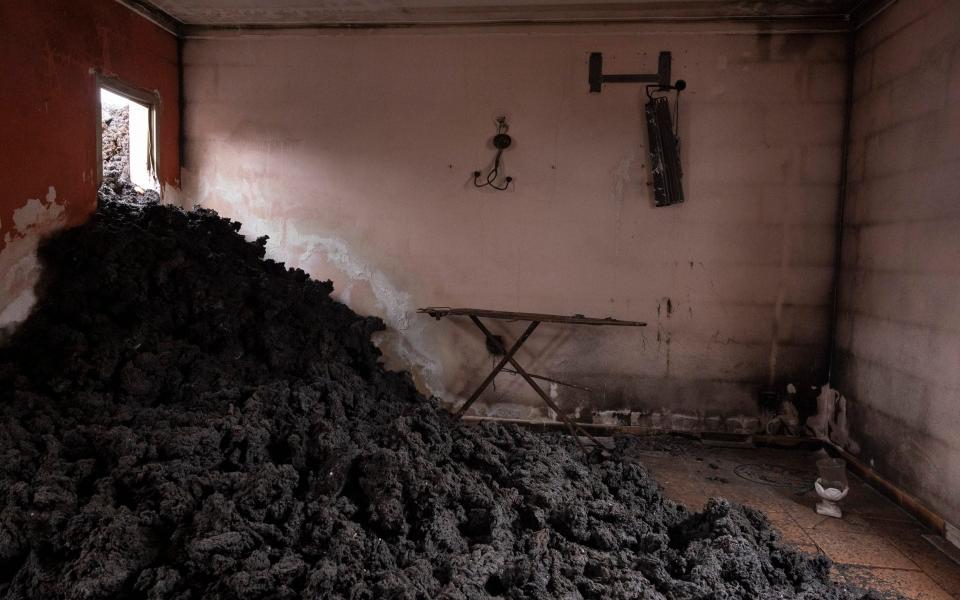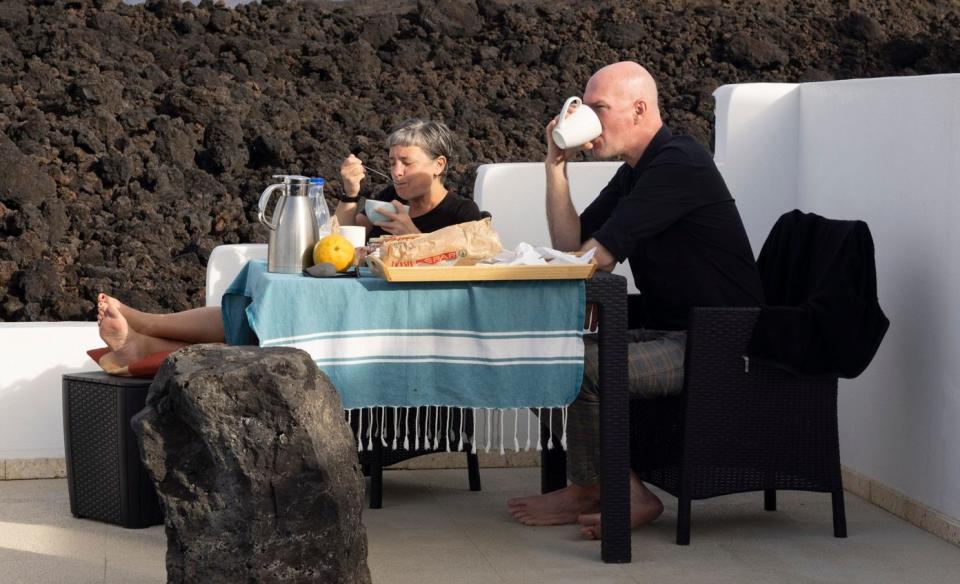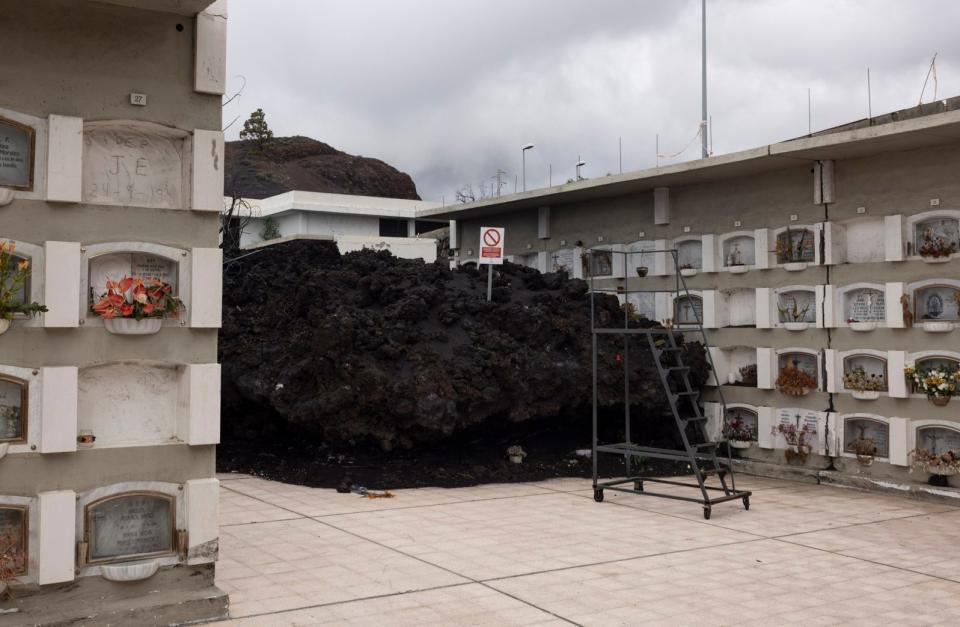The volcanic event that began on La Palma, Canary Islands, on September 19, 2021, could be described as a slow burn. There were no shattering explosions, no incandescent rocks hurled miles into the sky, no pyroclastic flows, where superheated pumice and gas sluiced downhill at deadly speeds. After a week of terrifying earthquakes, lava gushed from fissures along the Cumbre Vieja ridge. From settlements far below, it seemed harmless at first, no more threatening than a few large Roman candles, but the flow didn’t stop, swelling over days and then weeks into a relentless, slow-motion avalanche of molten rock that rolled down the west coast of La Palma.
Some 7,000 people were evacuated, nearly a tenth of the island’s population, watching in helpless agony from distant hillsides or via TV drone footage as their homes and livelihoods were swept away by the burning tide. Swimming pools gave way in clouds of steam and sulphur. A church steeple toppled into lava. Banana plantations, the economic bedrock of an island where tourism has always been a sustaining force, were burned and buried in gruesome abundance. At its peak, the current was more than two miles wide and nearly four miles long. It crushed the coastal highway and met the Atlantic with an apocalyptic hiss.

By the time the eruption was over, 85 traumatic days later, the catalogue of destruction listed 1,345 homes, 16 schools and more than 100 businesses. Fifty miles of roads had been buried and a large area of farmland, including almost a quarter of the island’s banana plantations, had been lost. The total damage was estimated at £760 million and only half of the properties affected were thought to be fully insured. Due to the insidious progress of the lava and the prompt evacuations, the only fatality was an elderly man who was struck by toxic fumes as ash was being blown off his roof.
The eruption changed La Palma in the most fundamental way, redrawing the coastline as lava pushed into the sea, creating two new peninsulas. A new volcanic cone, 1,000 feet high, was added to the island’s skyline above the original base. Locals who peered into the aftermath of these two extremes could not have imagined a hopeful future. From mountain to sea, the eruption left a vast moonscape of coal-black geological debris, a 3,000-acre trail of scorched earth. In some areas, the lava is more than 200 feet deep and could release heat and toxic gases for years to come.


When the flows stopped, settlements on the verge of burial were caught in an eerie, surreal limbo, some buildings destroyed, some miraculously unharmed, some carefully filled halfway with ash-covered rocks, the work of a vengeful but definitive god. The contrast between the empty, motionless silence of these scenes and the angry, primal forces that created them is almost incomprehensible. We see a battlefield at dawn, an environment one imagines taming before rising up in anger and burning the ground. The cemetery of Las Manchas, where well-tended marble vaults hold a heap of demonic slag, looks more like an ambitious contemporary art installation than the legacy of a natural disaster. Death After Death.


With flights disrupted for months, tourist numbers fell by a third in the year after the eruption, and the damage to 270 foreign holiday homes seemed unlikely to attract a lucrative new wave of semi-settled migrants. Yet nearly three years later, green shoots, literal and figurative, are emerging from the dead black landscape. Plants and shrubs are sprouting from the ash, and Canary Island pine is actually thriving around the lava field. This endemic conifer has pine cones covered in resin that melt in the heat of the fire and release their seeds. And it turns out that for a certain breed of foreign visitor – the ever-growing group of jaded, slightly adventurous holidaymakers with a penchant for crazy Instagram selfies – there’s nothing quite like a scorched alien wilderness.


When Iceland’s Eyjafjallajökull volcano erupted in 2010, causing worldwide air traffic chaos, local tourism officials feared the worst. But rather than deter visitors, the eruption put Iceland at the center of the off-beat holiday map and triggered a tourism boom that transformed the national economy. For more evidence that there’s money in magma these days, one need only look over La Palma’s shoulder to the nearby island of Tenerife, where Teide National Park, a bleak but intriguing pumice desert spread around one of the world’s largest volcanoes, now draws three million visitors a year.


And so La Palma, long considered the most unknown of the Canaries, is slowly rising from the ashes, attracting holidaymakers determined to spread out their towels on the world’s newest beach, no matter how rugged. This is probably not the time to think about the inevitability of more eruptions in this volcanic island chain: this one on Cumbre Vieja was the seventh recorded on La Palma since 1470. Simple statistics tell us there’s a 50 percent chance of another eruption in the next fifty years. No one wants to think about the more controversial scientific speculation that places La Palma as the most likely source of a major volcanic landslide in the Canaries, which could send a 300-foot tsunami across the Atlantic.